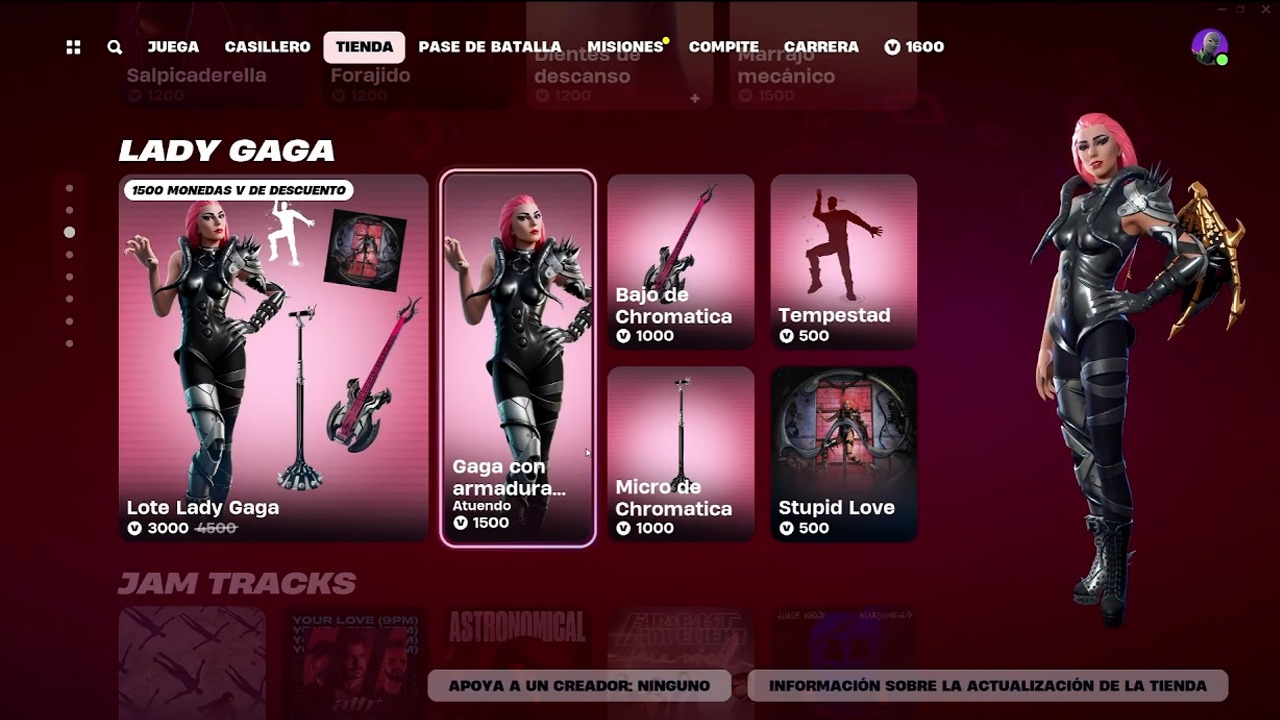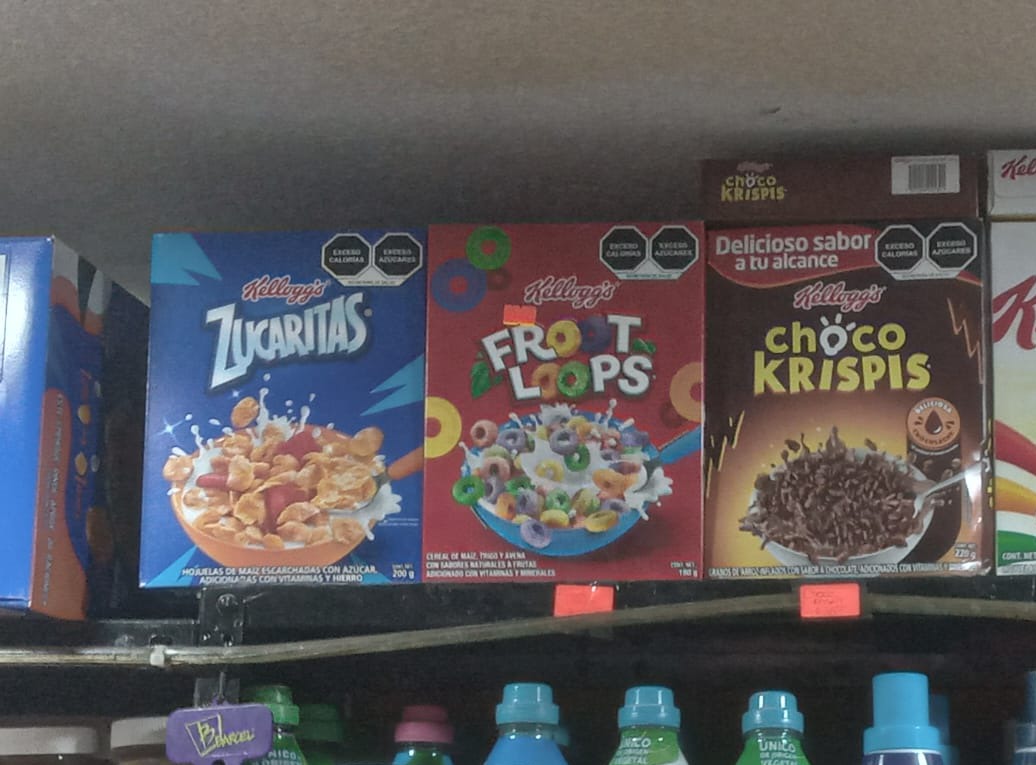The marketing of the crossover. When I was a kid, one of the biggest decisions about going back to school was choosing a new backpack. Of course, the ones with Barbie, Power Rangers, or Dragon Ball graphics were the favorites. The quality or practicality of the item in question takes a backseat when what's important for kids is that they have the design of their favorite characters.
Of course, even if parents suggest other options for their children, they always end up convincing them to buy school supplies that have drawings of their favorite series or cartoons on them.
This phenomenon is known as “pester power,” and it can be summed up as the power that children have to annoy parents and influence family spending. The concept, well known in marketing, can be found everywhere, from chocolate, candy, and clothing to, as you might have guessed, video games.
Even some journalists in the media are still surprised by the game's ability Fortnite to close deals with intellectual properties of all types, colors, sizes and origins.
On an average server you can find Goku dueling Spiderman while Lady Gaga drives past at full speed in a vehicle. From Chespirito to Terminator, Geralt of Rivia to Eminem, Fortnite is the pinnacle of “pestering power”.
As in traditional marketing, the product is actually an excuse to use characters as the real motivation for purchase.

This puts us in a difficult position, as the inclusion of these characters is designed to motivate players to spend money on the video games in question. Furthermore, the American Psychological Association warns that children under eight years old do not have the ability to distinguish persuasive speeches in television commercials and recommends doing more research on interactive media such as the Internet.
One of the biggest problems with video games like Fortnite is that the commercials, i.e. the elements that seek to persuade consumers to buy something, are found within the game itself. There is no separation between the persuasive element and the content that children and the general public consume.
Of particular concern is that young children, for example, cannot distinguish mechanisms designed to make them ask their parents for money to buy the characters they want.
This type of marketing is harmful to youth, as an example we can use the junk food and sugary food business. It is especially important to remember the powerful commercial triangle formed by the animation companies that made shows for children, the toy manufacturers that used the children's shows as commercials and the food industry that used the characters to sell candy and cereals, all fueled by the power of children to convince parents to buy what their favorite characters advertised.
Interestingly, in Mexico, recognition of this marketing tactic led to a ban on the use of mascots to promote sweetened cereals and other products. That's right, for those who didn't know, you can no longer find “Toño the Tiger” on cereals sold in the neighboring country.

That is why it is our responsibility as adults and/or guardians to develop in children these tools to differentiate between persuasive speeches and mechanics in their entertainment media.
You may be interested in: Is Among Us an appropriate game for young children?

